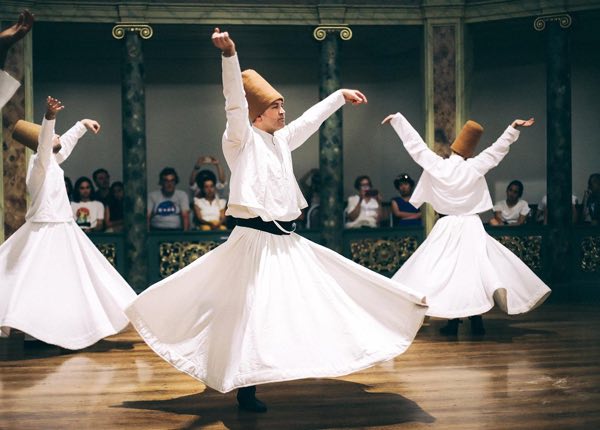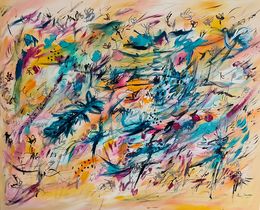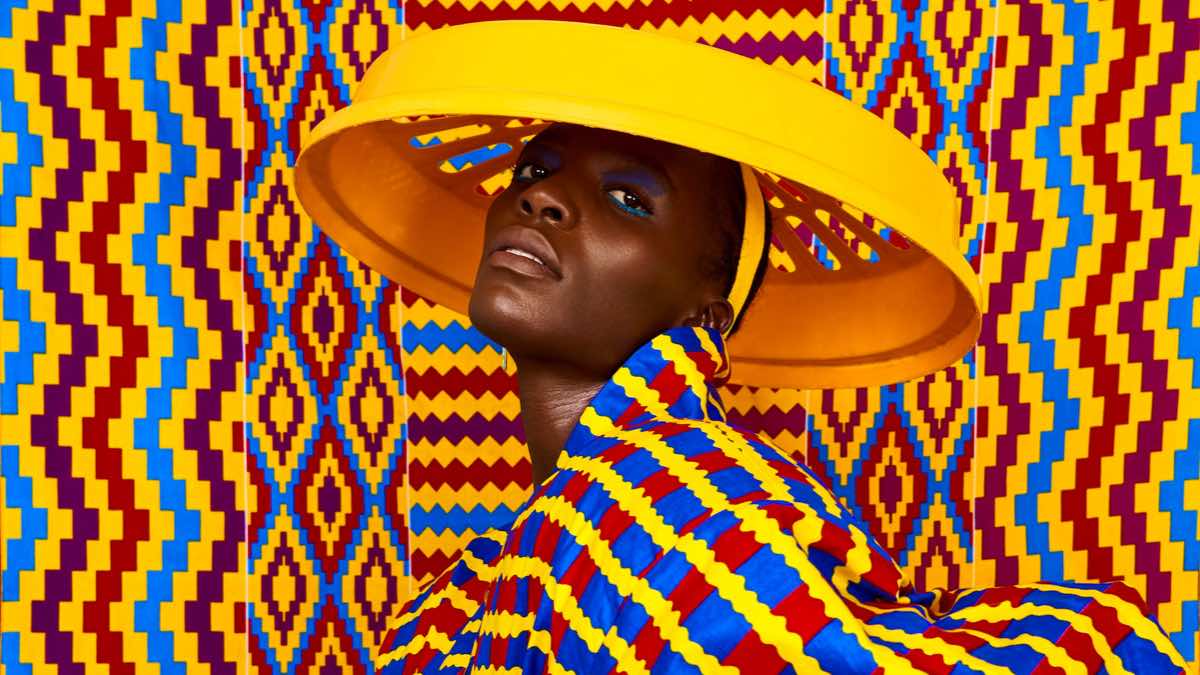
The Importance of Art in Folklore
Over the centuries, art has been a means of depicting the mythology of humans and representing the different practices and traditions of each folklore. Mythology as depicted in books or movies is only the tip of the iceberg. Indeed, folklore also includes everything we learn on a daily basis: good manners, family recipes, humor… By gathering the informal elements of everyday life, folklore constitutes the habits and traditions of a social group. Today, Artsper invites you to discover the importance of folk art in folklore!
Folklore as art in its own right

Observing behavioral evolutions is possible thanks to art. For example, prehistoric frescoes have allowed historians to understand how our ancestors lived. Sometimes close to naïve art because of its handicraft aspect as well as the distance from the rules of perspective and proportion, the folk art has for main function utility and decoration rather than an artistic one. Anchored in daily life, folk art cannot be dissociated from folklore.
What is folk art?

Folk art expresses the traditions and customs of a human group; it is not limited to paintings. Songs, dances, legends, beliefs… all these elements come into play. This art is often produced by craftsmen, merchants, peasants… One of the conditions to qualify the art as folkloric is the anonymity of the artist. Thus, the work must belong to folklore, to a social group in order to enrich the culture, rather than to a single artist.
In Turkey, the Muslim religion is an important aspect of Turkish culture. An example of the expression of folklore through art is that of the Mevlevi Order, more commonly known as the whirling dervishes. Indeed, we call the whirling dervishes this way in reference to their dance: they turn on themselves, the palm of the right hand towards the sky for God, the palm of the left hand towards the earth for the people.
Different types of folk art, from painting to sculpture

The definition of popular art and folk art is not completely linear. In addition to naive art, other forms of art are close to folk art: worker’s art, tramp art, art brut, traditional art, primitive art, tribal art…
For instance, the African continent is rich in cultures and traditions. Consequently, traditional African art is vast and difficult to summarize in a few works of art, but the inspirations of everyday life are numerous. Many of these works have a daily, religious or political use, so there is a large number of sculptures and objects.
Folk art for myth telling

In Asia, and particularly in Japan, myths and ghost stories have great importance in local folklore. To discover their meanings and tell their stories, Japanese artists depict ghosts (or yōkai) on prints. In his series “Hyaku Monogatari” (“One Hundred Ghost Stories,” begun around 1830), Katsushika Hokusai immerses the viewer in a world populated by monsters and vengeful ghosts. The Japanese tradition is to tell ghost stories around candles. For each story told, a candle is blown out. When total darkness falls, a spirit should appear.
Defining folk art and determining its importance in popular culture is not an easy task. While art provides a means of understanding different cultures around the world, it also provides a means of nourishing and enriching folklore. From Asia to Europe, artists are inspired by the world around them to tell myths and traditions to future generations. And you, which folklore inspires you the most?

About Artsper
Founded in 2013, Artsper is an online marketplace for contemporary art. Partnering with 1,800 professional art galleries around the world, it makes discovering and acquiring art accessible to all.
Learn more













